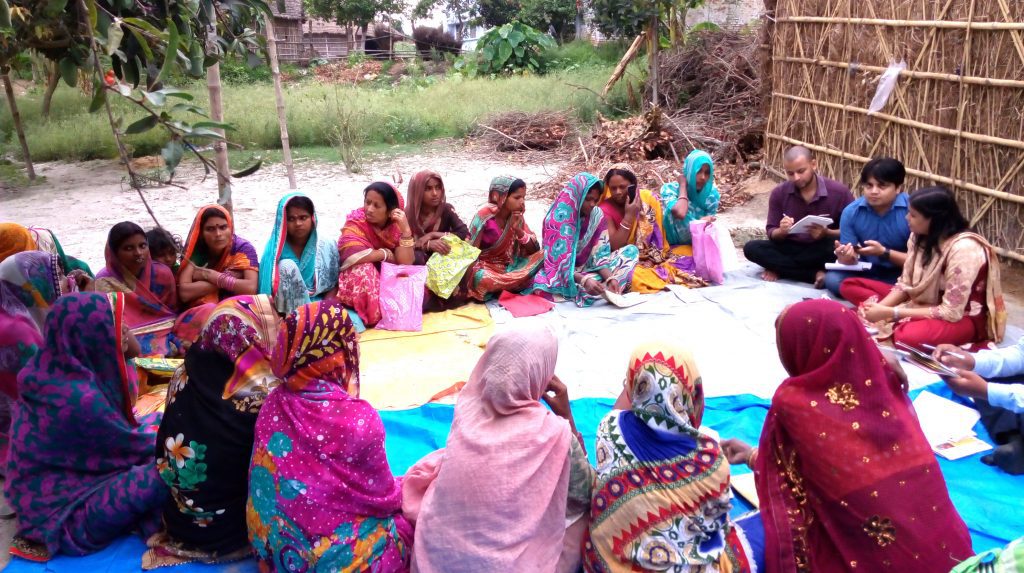Direct selling initiatives go back decades. Since the beginning, entrepreneurs and independent businesses have relied on direct selling for product promotion, market analysis and target audience forecasting. Though it started with door-to-door selling operations, network marketing has now transitioned to different online forms, which involves having a strong social presence. However, recent reports showcase that companies are now focusing on direct selling consumable products, especially in rural areas.
With the industrial sector capitalizing on the rural market, the scope of unlocking the potential of direct selling is tremendous. Penetrating such markets requires an integrated strategy that epitomizes the essence of understanding diverse customer perspectives. Effective distribution of products is key to success in the rural sector. Direct selling organizations need to understand the importance of infrastructure in remote localities. This gives them the advantage of transporting packaging facilities and providing equal and unbiased employment opportunities.
Training and development are core values that have to be imbibed by companies who want to transition to spread operations that cater to diverse requirements. Training distributors for a period of 4 months about how purchase decisions work in rural areas contributes to flexible and independent decision making. Another effective way to expand your reach in the rural market is to set product kiosks that enable accessibility and convenience.
The rural market is untapped and is a potentially viable option. Employing strategies to capture the rural market can be tough as the population is predominantly scattered. Also, perspective is a concern because people residing in remote locations are often sceptical about the concept of direct selling. Also, the choice of product is extremely important. There are examples of utensil and garment manufacturers who have employed the idea of direct selling to promote and create general awareness. Below are few instances pertaining to the overall impact of direct selling in rural or economical weaker societies.
Rural Market and Target Audience Categorization: The rural market is a whole another demographic to focus on. With direct selling companies concentrating on the urban population, such markets remain untapped. With different opinions regarding the nature of the product, organizations can get an in-depth knowledge about buying behaviour and change in psychological purchase patterns. As most of the rural population is spread out, direct sellers can employ different strategies to comprehend individual customers. Also, spending more time in a remote location can help you get proficient in the local language. This establishes strong relationships as miscommunication can adversely affect seller-customer dialogue.
Identify, Relate and Adapt: The rural population can be quite tricky to handle. In terms of affordability, financial status, product knowledge and feedback analysis, direct sellers need to be careful before approaching the rural market. Also, if sellers are from neighbouring localities and belong to a rural district, the connection is even stronger. Rural citizens in India feel comfortable or prefer communicating with sellers who belong and speak their language. This makes customer interactions easier and there is a high possibility that direct sellers can establish viable business relationships. Trust and accessibility are important if one needs to promote products in the rural sector.

Impacts Seller Patience and Inculcates Empathy: Selling consumables in rural areas requires patience and focused determination. As people may be quite sceptical about the products and the value associated, direct sellers should focus more on convincing customers as opposed to trying to push the product. Negligence in terms of faith can harm customer confidence and individual interests.
Incentives for Channel Partners: Direct marketing organizations are now outsourcing their products to consultants or channel partners who act as intermediaries. These third-party sellers explore surrounding rural localities to sell products in their portfolio. However, in order to motivate and encourage such sources, companies are offering incentives, exclusive gifts and free display materials for product demonstrations. Investing time and resources with your channel partners is pivotal to establishing strong business relationships. Sharing expenses and contributing to key aspects can enhance training mechanisms. Community management and upliftment is one of the major success factors in the rural market. Creating shared experiences with rural communities is critical and promotes communal engagement.
Direct selling organizations like QNET are now launching products in financially weaker sectors that facilitates rural community development.
Free Sample Distributions: Your rural audience would hesitate to pay for a product which is new to the market. It is important to establish a rapport that helps them trust you and your product. To make things easier, distribution of free product samples can induce confidence. Also, if your customers are happy, they might as well circulate the word around for a broader network of consumers.
Considering the above factors and strategies implemented, your sales numbers can witness a gradual increase and help you capture a market, which more often than not isn’t organized.










